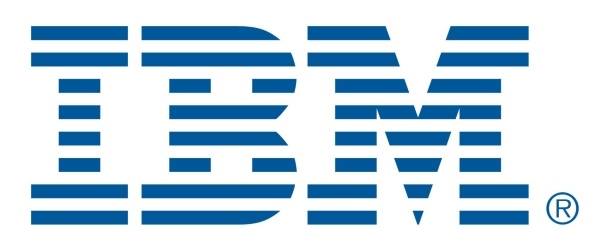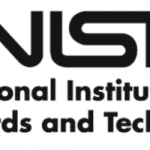Collaboration a Competitive Advantage for IBM

(InnovationExcellence) In 2016, IBM launched its Quantum Experience program, allowing anyone who wanted to access an early prototype quantum computer. The initiative has been a major success. To date, over 100,000 users have run over seven million experiments. Yet the Q network is not about pure altruism. IBM has learned a lot from it, such as which logical functions are in high demand, how to make the system more stable and how to improve user experience. The company has also replaced that early prototype with more powerful versions that allow it to learn even more.
IBM has also created its Q Network of partners to work with IBM to advance quantum computing and explore practical applications of the technology. It’s a very diverse group ranging from national labs like Oak Ridge, top universities and Fortune 500 companies, as well as startups designing algorithms and software applications. The Q Network allows IBM to work directly with people who understand the problems that need to be solved.
January 2019, IBM announced that it was expanding its effort to include new scientific partners as well as ExxonMobil. Historically, the oil giant has used computer technology to help it analyze seismic data to find and recover oil in the safest and most economically responsible way.
Quantum computing is now deep into the engineering phase, but the transformation phase has just begun. IBM has significant energy into building out the Quantum Experience and the Q Network. In the quantum era, collaboration is increasingly becoming a competitive advantage.



















